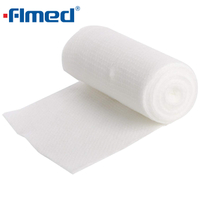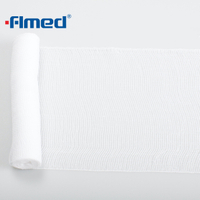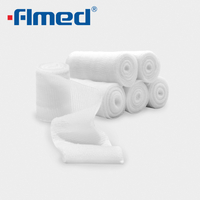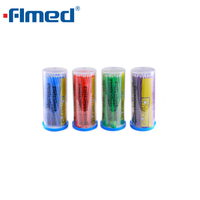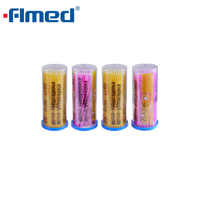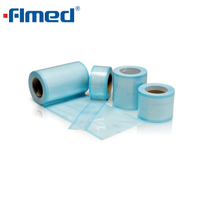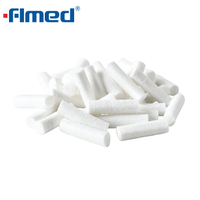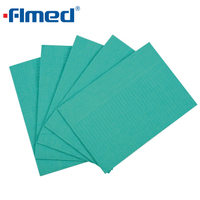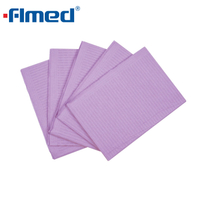In the midst of the ongoing pandemic, N95 respirators have become a crucial tool in protecting individuals from airborne particles, including the notorious COVID-19 virus. However, there is still a lot of confusion surrounding these masks, particularly when it comes to their fit, filtration capabilities, and overall functionality. In this article, we aim to demystify N95 respirators by delving into the intricacies of their fit, unraveling the complexities of their filtration system, and decoding their overall functionality. By understanding these key aspects, you can make informed decisions when it comes to choosing and utilizing N95 respirators, ensuring maximum protection for yourself and those around you. So let's dive in and shed light on the fit, filtration, and function of N95 respirators, bringing clarity to this essential protective gear.
Understanding N95 Fit
Understanding N95 Fit
N95 respirators have become an essential part of our lives, especially during these challenging times. However, it is crucial to understand the proper fit of these masks to ensure maximum protection against airborne particles. The fit of an N95 respirator plays a significant role in its efficiency and effectiveness.
When it comes to N95 fit, there are a few key factors to consider. First and foremost, it is important to choose the right size respirator for your face. An N95 respirator that is too small or too big may not provide a proper seal, leading to a compromised level of protection. It is recommended to try on different sizes and models to find the one that fits your face shape and size perfectly.
Achieving a proper fit also involves ensuring a tight seal around the nose and mouth. The respirator should cover both the nose and mouth completely, with no gaps or leaks. To achieve this, it is important to adjust the nose piece to fit snugly against the bridge of your nose. This will help prevent any potential leakage of contaminated air.
Furthermore, the straps of the N95 respirator play a crucial role in achieving a secure fit. The straps should be properly adjusted to ensure a tight yet comfortable fit. It is essential to avoid overtightening the straps, as this may cause discomfort and pressure points. On the other hand, loose straps can lead to a compromised seal. Finding the right balance is key.
To ensure a proper fit, it is recommended to perform a user seal check each time you wear an N95 respirator. A user seal check involves covering the respirator with your hands and exhaling forcefully. If you feel any air leakage around the edges, readjust the mask until a proper seal is achieved. This simple step can significantly enhance the effectiveness of the respirator.
Understanding the importance of N95 fit is crucial for both healthcare professionals and the general public. By following the guidelines mentioned above, you can ensure that your N95 respirator provides the maximum level of protection against airborne particles. Remember, a proper fit is essential for the N95 respirator to function effectively.
Unraveling N95 Filtration
N95 respirators have become a crucial part of our lives, especially in the current global health crisis. These masks are known for their high filtration efficiency and are widely used to protect individuals from harmful airborne particles. But have you ever wondered how exactly an N95 mask works and what sets it apart from other types of masks?
Unraveling N95 filtration requires a closer look at the mask's design and materials. N95 respirators are made from multiple layers of synthetic materials such as polypropylene. These layers are strategically designed to filter out particles as small as 0.3 microns in size. The key component of N95 filtration is the electrostatic charge present in the mask's fibers. This charge attracts and traps particles, preventing them from passing through the mask and reaching the wearer's respiratory system.
N95 masks undergo rigorous testing and certification processes to ensure their effectiveness. The National Institute for Occupational Safety and Health (NIOSH) sets the standards for N95 respirators in the United States. These standards include evaluating filtration efficiency, breathing resistance, and fit testing. Only masks that meet these strict criteria receive the N95 certification, providing users with the assurance of reliable protection.
One of the main advantages of N95 respirators is their high filtration efficiency. With a minimum filtration efficiency of 95%, these masks offer superior protection compared to other types of masks. This is especially important when dealing with infectious diseases or environments where harmful airborne particles are present.
Another crucial aspect of N95 filtration is the fit of the mask. A proper fit ensures that there are no gaps between the mask and the wearer's face, minimizing the risk of particle penetration. To achieve a secure fit, N95 masks often have adjustable nose clips and elastic bands that can be tightened around the head. It is essential to follow the manufacturer's instructions and perform a fit test to ensure proper usage and maximum protection.
Decoding N95 Functionality
Decoding N95 Functionality
N95 respirators have become an essential part of our lives, especially in times of respiratory illnesses and airborne diseases. These masks are designed to provide a high level of protection against airborne particles, including viruses and bacteria. Understanding the functionality of N95 respirators is crucial in order to make the most effective use of these masks.
N95 respirators are made up of multiple layers of materials that work together to filter out harmful particles. The outer layer is typically made of a non-woven fabric, which helps to repel fluids and prevent contamination. The middle layer consists of a melt-blown fabric, which is responsible for filtering out small particles. This layer is specially designed to capture particles as small as 0.3 microns in size, including respiratory droplets that may carry viruses or bacteria. The inner layer, in direct contact with the wearer's face, is usually made of a soft, comfortable material to enhance user comfort.
One of the key features of N95 respirators is their tight fit. These masks are designed to form a seal around the nose and mouth, ensuring that air is filtered through the mask and not around it. This tight fit is crucial in preventing the entry of airborne particles and maximizing the effectiveness of the mask. To achieve a proper fit, N95 respirators often come with adjustable nose clips and elastic ear loops or straps. It is important to ensure that the mask fits snugly on the face without any gaps or leaks.
N95 respirators are also known for their high filtration efficiency. They are capable of filtering out at least 95% of airborne particles, hence the name N95. This high filtration efficiency is achieved through a combination of the mask's multiple layers and the electrostatic charge present in the materials. The electrostatic charge attracts and captures particles, preventing them from reaching the wearer's respiratory system.
In addition to their filtration capabilities, N95 respirators are also designed to allow for easy breathing. Despite their tight fit, these masks are engineered to provide sufficient airflow, ensuring comfort for the wearer even during extended periods of use. This is achieved through the use of breathable materials and innovative design features.
Conclusion
The article emphasizes the importance of a proper fit for N95 respirators in providing protection against airborne particles. It highlights the critical steps in achieving a proper fit, such as choosing the right size, achieving a tight seal, adjusting the straps properly, and performing a user seal check. Understanding the science behind N95 respirators is also emphasized, including their multi-layered design, electrostatic charge, and strict certification standards. The article emphasizes that proper usage and fit of N95 masks are crucial for optimal performance and safety. Overall, N95 respirators play a vital role in protecting individuals from airborne particles, including viruses and bacteria, and it is important to follow proper guidelines and instructions when using them.

 English
English
